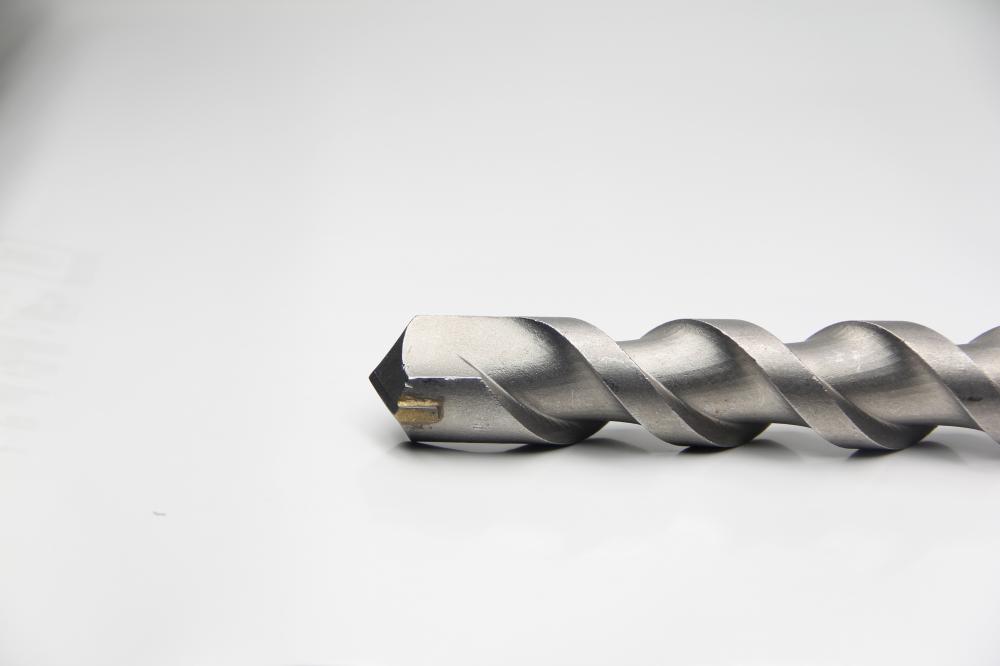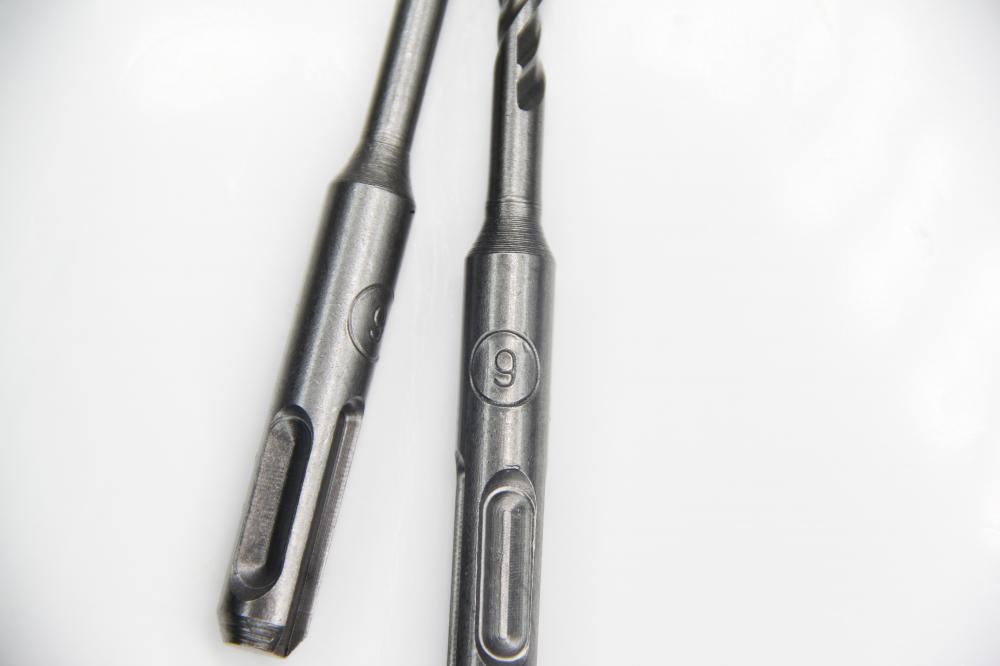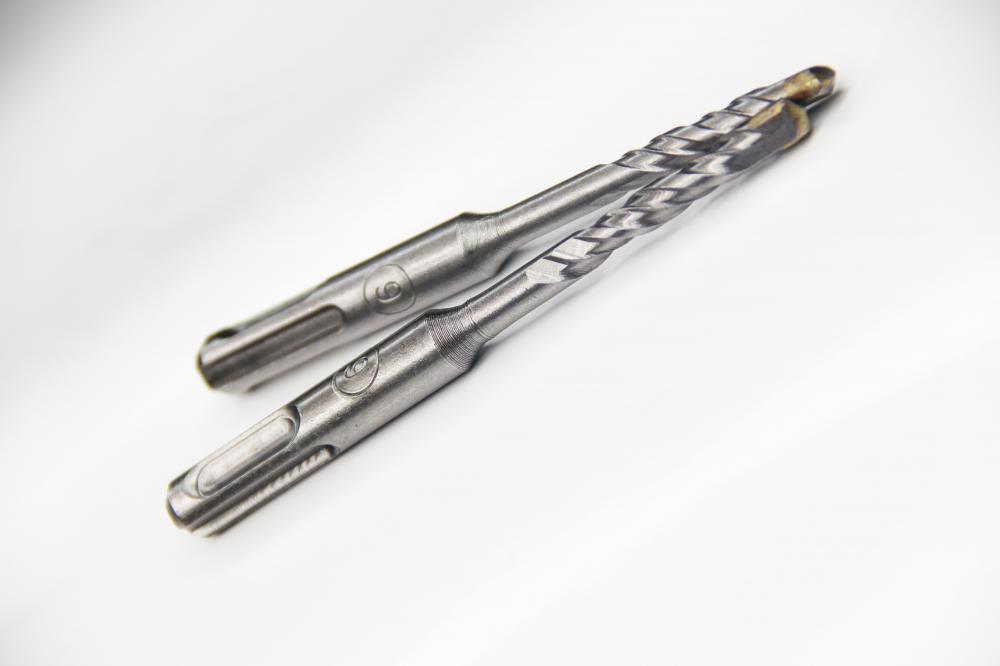Machinery safety practices In order to avoid mechanical operations due to potential hazards caused by occupational hazards, resulting in casualties or mechanical damage, the so-called mechanical, refers to the combination of interconnected components, with the appropriate start, Stop, control, and electrical systems that can be used for specific purposes or functions, especially for the manufacture, handling, handling, packaging, or similar processes of materials. Mechanical safety means that the machine will not cause personal injury or mechanical damage under the specified conditions and environment when carrying out the specified functions of its design, manufacture, delivery, installation, maintenance or disassembly. In this paper, the general mechanical safety management is discussed according to the types of potential hazards, safety precautions, operational safety and health facilities, the causes of mechanical operation disasters and disaster prevention measures. It will then review and integrate the various types of machinery and common pitfalls that are typical of hazards that will facilitate the safe operation of machinery by each department. I. Potential Hazards Mechanical hazards, electrical hazards, abnormality hazards, ergonomic hazards, and material hazards may be encountered in the hazardous machinery operation. The mechanical hazards are as follows: Mechanical Sexual Hazards are caused by mechanical movement of mechanical components, tools, or workpieces, or physical hazards caused by solid or liquid jets, including the risk of crushing, shearing, cutting, threading, hazard, impact Danger of injury, risk of friction, danger of high-pressure fluid injection, risk of trip or fall, etc. Cause mechanical hazards, including: (a) sharp corners, acute angles, etc. of components or workpieces; (b) extrusion, shearing or twisting of the relevant location, in particular when relative displacement occurs; Quality and stability such as gravity and potential energy; (iv) quality and speed, such as kinetic energy; (v) quality and acceleration, such as centrifugal force; (vi) improper mechanical energy, which may result in dangerous damage or rupture, Such as overloading, overpressure, etc .; (7) Potential energy of gas or liquid in very pressurized state, such as vacuum and high pressure; (8) Potential energy of elastic components, such as springs, etc .; (9) Mechanical components or processing (10) Friction of mechanical components or workpieces and the abnormal temperature caused by them and the combustion caused by them. Electrical hazards: Electrical hazards can cause a person's electrical or mechanical damage due to (i) a person's access to a conductive component (a live component under normal conditions); (b) a person's access to an abnormally conductive component Insulation damage or failure state); (3) Personnel near conductive components in high voltage range; (4) Electrostatic effect; (5) Overload, temperature rise, poor grounding, improper coordination of protection and so on. Abnormal temperature Hazard: Abnormal temperature Hazard includes objects or materials exposed to abnormal temperatures, radiant heat from heat sources, and burns or burns caused by flames or explosions; or personnel performing work in cold or hot conditions, posing a hazard to health influences. Ergonomic Hazards The neglect of ergonomic principles in the design of machinery leaves the mechanical and human characteristics and capabilities unmatched, resulting in: (i) physiological risk: poor posture, undue exertion, or continuous repetitive movements leading to (2) Psychological danger: When operating, monitoring or repairing machinery within the scope of mechanical use, psychological and physical interaction will be caused due to mental overload and over-pressure; (3) Man-made negligence. Material Hazards: Materials or substances handled, used, or discharged by machinery, and materials or substances used to make the machinery itself, are likely to be dangerous, including: (i) toxicity, toxicity, Corrosive and irritating liquids, gases, fumes, dust, vapors and dust; (2) incompatibility with materials or substances that cause toxicity, corrosive substances, or the risk of fire and explosion; (Iii) the danger of biological (such as mold) and microbial (such as bacteria). These are the mechanical safety practices.
Hammer Drill, also known as a percussion drill or Impact Drill, is a power Tool used chiefly for drilling in hard materials. It is a type of rotary drill with an impact mechanism that generates a hammering motion. The percussive mechanism provides a rapid succession of short hammer thrusts to pulverize the material to be bored, so as to provide quicker drilling with less effort. If a hammer drill's impact mechanism can be turned off, the tool can be used like a conventional drill to also perform tasks such as screwdriving.



Chisel Concrete Drill Bit,Hammer Drill Bit,Masonry Brick Drill Bit,Drill Hole Tool Set
Behappy Crafts (suzhou)Co.,Ltd , https://www.haoyuebehappy.com